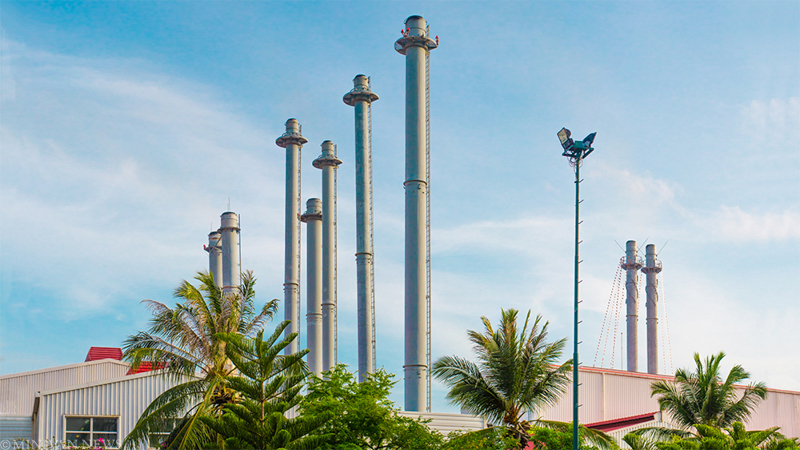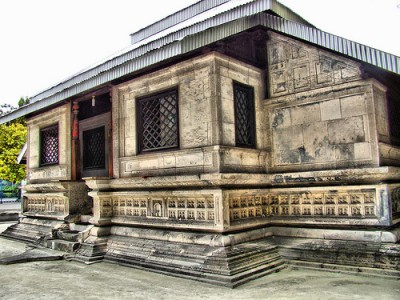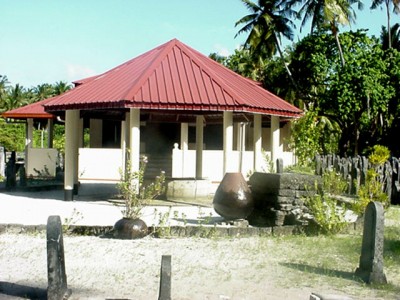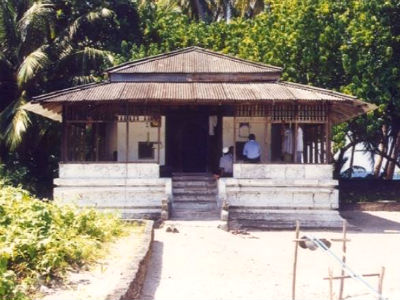A businessman in the northern hub of Kulhudhuffushi has lodged a complaint with a magistrate court over alleged discrimination in electricity prices.
Adam Shareef says prices in the northern Haa Alif, Haa Dhaal, and Shaviyani atolls are 72 percent higher than in the capital Malé.
Businessmen from Ihavandhoo in Haa Alif atoll and Fuvahmulah in the south have also submitted petitions to the government over the doubling of their electricity bills.
As the constitution entitles all citizens to economic and social rights without discrimination of any kind, Shareef said the state-owned Fenaka Corporation is obliged to provide electricity at equal rates throughout the country.
Fenaka is the main electricity provider in the atolls and operates in 151 of the 188 inhabited islands of the Maldives.
The Kulhudhuffushi magistrate court rejected Shareef’s case today saying it has no jurisdiction. Shareef says he is now preparing to file the case at Malé’s civil court.
The government has previously said that the large distances between the Maldives’ remote islands mean that services such as electricity will inevitably be more expensive in the atolls.
Businesses across the Maldives protested by closing shops last month after the government’s decision to cut electricity subsidies left more than 5,700 businesses facing millions extra between them in electricity charges.
Fenaka has 46,590 meters in 151 islands, of which 5,765 meters were registered as business consumers.
Electricity bills for businesses doubled, and in some case tripled, when the subsidy was discontinued in March.
Fenaka officials previously said bills in Kulhudhufushi are higher than other islands because businesses were charged a much lower rate than the tariff structure approved by the energy authority in 2009, leading to a threefold increase when the subsidy was removed.
While the actual rate was 7.50 laari per unit for usage above 400 units, the now-defunct upper north utility corporation charged 2.75 laari per unit for Kulhudhufushi businesses.
Addu City mayor Abdulla ‘Sobe’ Sodiq has also urged Fenaka to levy equal fees, saying higher prices affect investments in the southernmost city.
“Electricity is a basic right. The service must be provided equally to everyone. There cannot be any discrimination,” he told the press yesterday
Prices in Addu City and Fuvahmulah are up to 37 per cent higher than in Malé, according to figures from Fenaka.
But Fenaka says its hands are tied as the company is only implementing government policies, which are intended to curb rising expenditure. The International Monetary Fund had urged the government to move its subsidies to a targeted system, rather than blanket payments.
Meanwhile, grocery shops have increased prices of goods in Ihavandhoo due to higher electricity prices.
Owners have also decided to keep shops closed from 6:00pm to 8:00pm.
“Almost all businesses in Ihavandhoo have decided to raise the prices of goods, as the electricity expenses cost approximately 60 percent more now,” said Abdul Mueed Ibrahim, vice president of the Ihavandhoo council
Profits are considerably lower due to the higher electricity bills, said a local Ihavandhoo shop owner, Ahmed ‘Jizuvan’ Rilwan.
Businessmen in Ihavandhoo had submitted a petition regarding the issue to the island council and Fenaka, he said, but was yet to receive a response.
Jizuvan said that the shops had raised the prices of 118 varieties of goods.
“Nobody likes to raise the prices of products as it only burdens the local citizens. However, most of us do not have any other choice,” he said.
Jizuan suggested that Fenaka earned enough income to charge lower rates, but says it’s decision to increase mangers from two to five – each with a monthly salalry of about MVR 12,000 – might have led to higher operating costs.
“I believe the providers are taking more than what is necessary,” he said.
Jizuvan said he had received text messages accusing him of trying to defame the ruling Progressive Party of Maldives MP for Ihavandhoo, Mohamed Abdulla, and warning him that he could be jailed.
The government previously provided Fenaka with about MVR11 million (US$713,359) a month to subsidise electricity for atoll businesses, but this cost must now be borne by the companies themselves.
 (0)Dislikes
(0)Dislikes (0)
(0)




